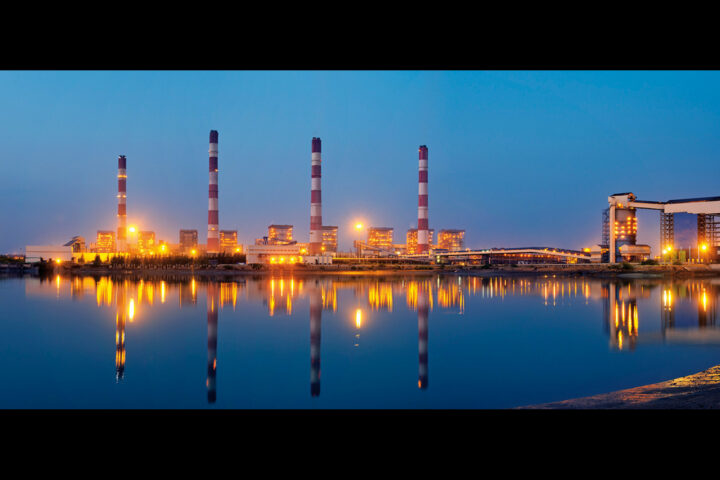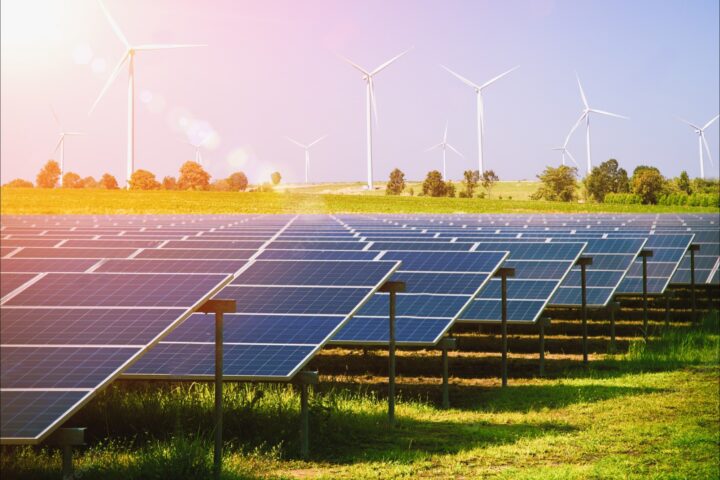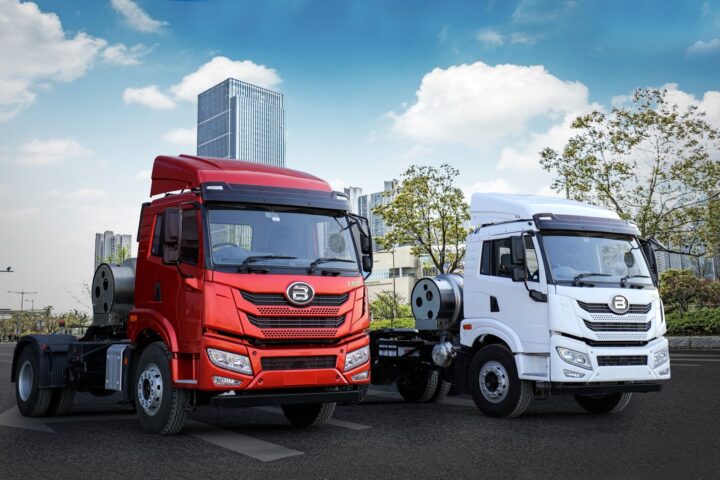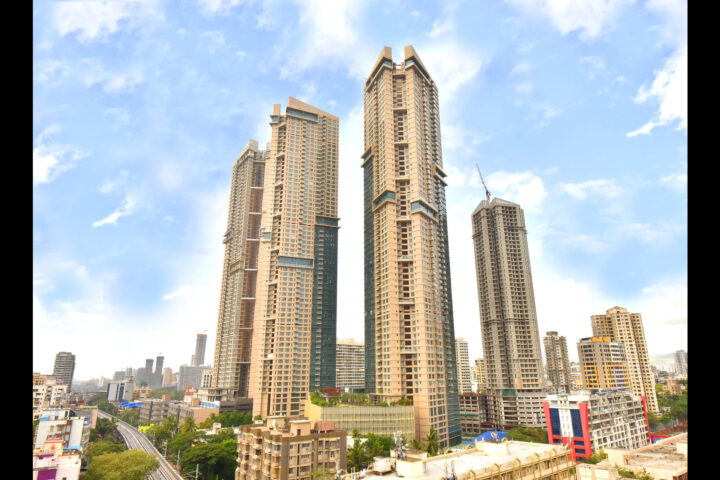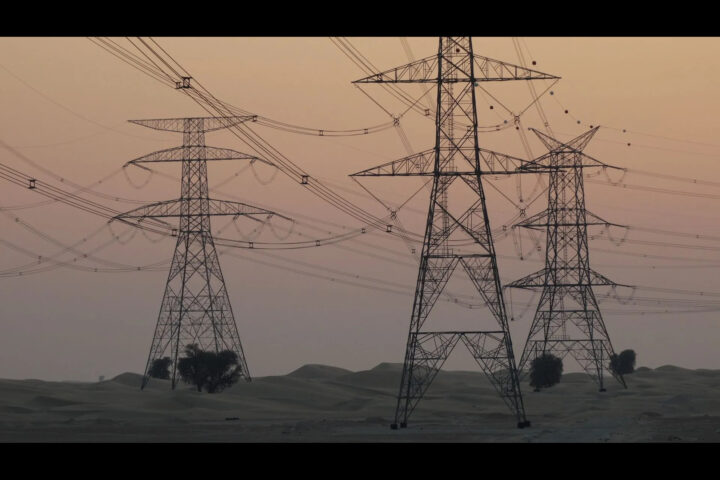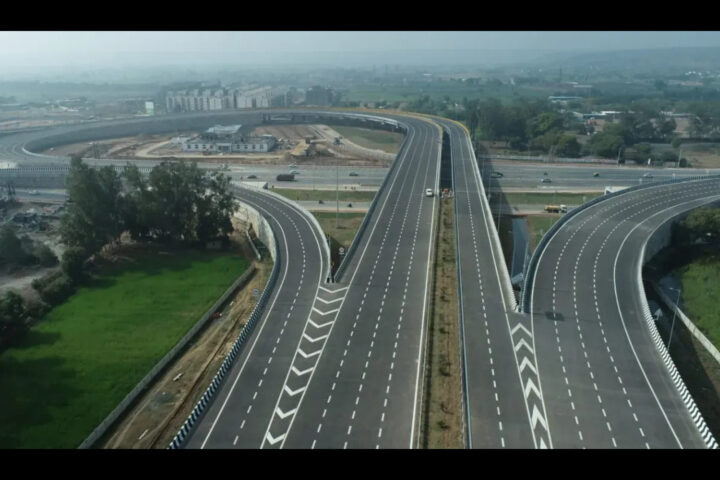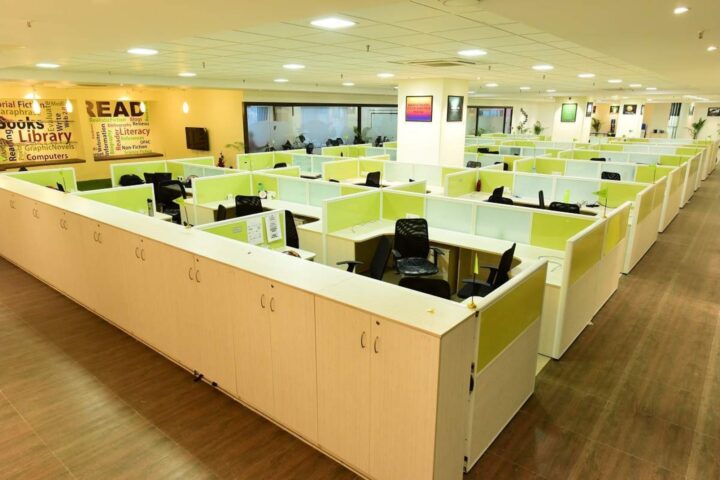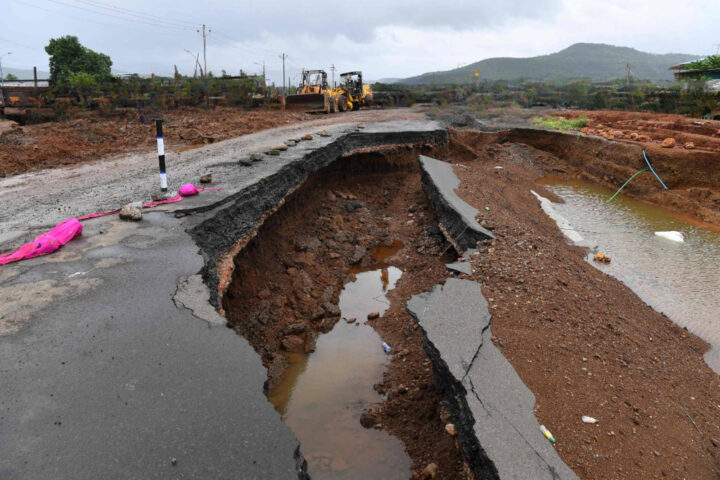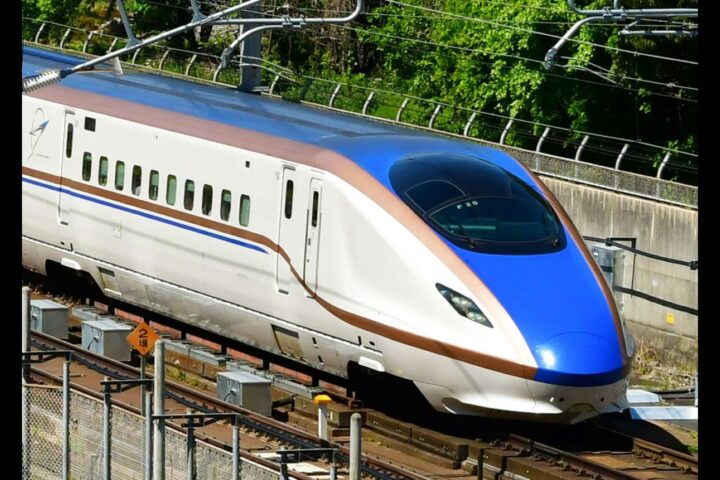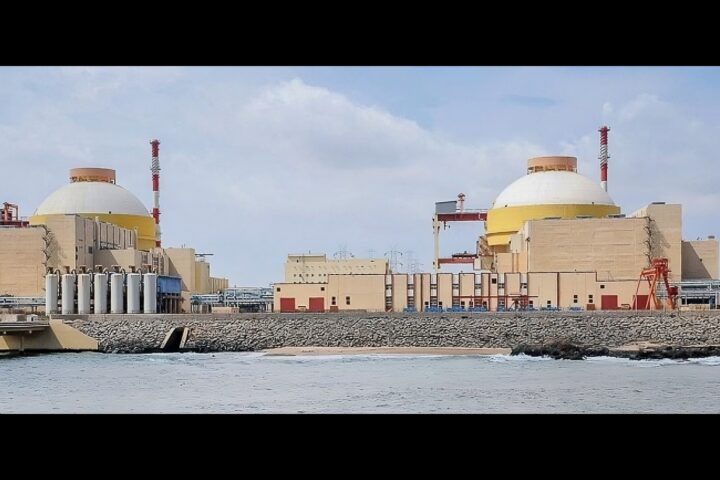How do LNG-powered trucks align with India’s mission of achieving net-zero emissions by 2070, and in what ways do they contribute to decarbonising the logistics and transportation sector in the near to medium term?
LNG-powered trucks represent a vital component in India’s strategy to reach net-zero emissions by 2070. They offer an immediate reduction in greenhouse gas emissions by emitting less carbon dioxide and particulate matter than conventional diesel vehicles. This cleaner fuel alternative enables significant carbon footprint reduction in the logistics sector, which is a notable contributor to national emissions. LNG trucks combine performance with environmental benefits, offering extended range and operational reliability, essential for India’s freight demands. This positions LNG trucks as a practical interim solution that accelerates decarbonisation efforts in the short and medium term, while enabling a smoother transition toward ambitious long-term goals like electric or hydrogen-powered transport. Collectively, LNG-powered vehicles help India make substantial progress toward sustainable freight and transportation emissions reductions.
What role is GreenLine Mobility playing in accelerating transition to cleaner logistics, and what specific initiatives or strategies are you undertaking to support India’s net-zero goals?
GreenLine Mobility is a key driver in India’s shift to sustainable logistics by integrating LNG-powered trucks into commercial fleets. We operate a fleet of over 650 LNG-powered heavy commercial trucks, making it the largest green logistics operator of its kind in India. Our clientele spans diverse sectors including Steel, Cement, FMCG, E-commerce, showcasing the broad applicability and trust in our green logistics solutions. GreenLine is supported by its wholly owned subsidiary UGEL (Ultra Gas & Energy), which is focused on building and operating LNG infrastructure across the country. This includes the development of LNG refueling stations, which are critical to enabling the widespread adoption of LNG-powered transport.
By aiming to cut annual carbon emissions by nearly one million tonnes, GreenLine aims for practical emissions reduction. Our proactive approach includes expanding fleet size, optimizing deliveries for maximum fuel efficiency, and working closely with policymakers and partners to strengthen cleaner fuel adoption. Additionally, leveraging government incentives and environmental regulations forms a crucial part of our strategic roadmap. These combined efforts not only provide immediate positive environmental impacts but also position our company as a leader in the ecosystem transforming logistics into an eco-friendly sector aligning with India’s net-zero commitments by 2070.
What makes LNG a viable and scalable alternative to diesel in heavy-duty transportation?
LNG’s appeal in heavy-duty transportation lies in its environmental and operational advantages. It delivers substantially lower emissions of harmful pollutants compared to diesel, including up to 30% reduction in carbon dioxide (CO₂), up to 100% reduction in sulphur oxides (SOx), up to 59% reduction in nitrogen oxides (NOx), up to 91% reduction in particulate matter (PM), and up to 70% reduction in carbon monoxide (CO). These reductions make LNG a significantly cleaner alternative. Beyond environmental benefits, LNG trucks offer longer driving ranges that are well-suited for India’s extensive freight corridors. GreenLine’s LNG-powered trucks, for instance, can run up to 1,400 km on a single full tank, reducing downtime and improving operational efficiency. The economic feasibility is further enhanced by fuel cost savings and government incentives. LNG’s high energy density and stable storage characteristics also support large payloads, meeting the demanding requirements of freight transport. These combined factors make LNG a cost-effective, scalable, and cleaner fuel option that logistics operators can adopt swiftly, serving as a practical bridge technology until zero-emission alternatives become mainstream.
GreenLine Mobility has recently partnered with Shriram Finance. How will this collaboration support in scaling and adoption of LNG-powered trucks across India?
Our partnership with Shriram Finance is a significant step in accelerating the adoption of LNG-powered trucks across India. As one of the country’s leading NBFCs with deep experience in commercial vehicle financing, Shriram brings strong financial expertise that helps us scale faster and more efficiently. With their support, we’re able to speed up the purchase and deployment of our LNG fleet, making green logistics more accessible and affordable for our clients. This collaboration is helping us move closer to our goal of deploying over 10,000 LNG and electric trucks across the country. By expanding our fleet, we’re able to serve a wider range of industries with sustainable transport solutions and take meaningful steps toward reducing emissions in India’s heavy-duty road transport sector.
One key challenge with LNG is the availability of fuelling infrastructure. How is GreenLine addressing this challenge?
Limited fuelling infrastructure remains a significant challenge for LNG adoption in India. At GreenLine, we’re not waiting for the clean energy ecosystem to evolve — we’re building it ourselves. Through our subsidiary, UltraGas & Energy, we are rapidly rolling out a pan-India network of 100 LNG refuelling stations, alongside EV charging and battery swapping facilities, strategically placed along key freight corridors. Our Green Retail Outlets (ROs) are located in Anand (Gujarat), Vallam (Tamil Nadu), Toranagallu (Karnataka), Bhilwara (Rajasthan), Jalna, and Chakan (Maharashtra), ensuring efficient access to cleaner fuel across major industrial and logistics hubs. This network is designed to support reliable, efficient long-haul operations for our fleet and the wider industry. To further enhance reliability, we have integrated real-time digital tracking, route optimization, and refuelling intelligence systems. This ensures our long-haul trucks connect seamlessly with infrastructure that is not only available but also accessible and dependable.
With biofuels, hydrogen, and electric trucks knocking at the door, how is GreenLine Mobility preparing to adapt or integrate these emerging technologies into its offerings?
Our commitment is to drive India’s transition toward sustainable logistics by focusing on solutions that are viable and impactful today. LNG currently stands out as the most practical cleaner fuel for long-haul trucking, and we are proud to lead its adoption at scale. We also recognize the growing importance of electric vehicles, especially for short-haul operations, and we are actively preparing to integrate EVs into our fleet to meet diverse customer needs.
While emerging technologies like biofuels show promise, we believe in a balanced approach – evaluating each innovation carefully to ensure it aligns with our mission and delivers tangible environmental benefits. Our focus remains on building a clean, scalable, and commercially sustainable logistics ecosystem that supports India’s ambitious climate goals.
Though the government has come up with various initiatives to support the green energy transition, what more do you believe is needed – especially in terms of policy, infrastructure, or incentives – to accelerate the adoption of clean fuel technologies in the logistics sector?
The government has indeed done a commendable job to enable the clean mobility transition through initiatives like the National Policy on Biofuels, the SATAT initiative among others. While these initiatives largely benefit the sector, we still have a long way to go. One of the most pressing issues is the absence of tax incentives for companies investing in LNG-powered Heavy Commercial Vehicles (HCVs). These vehicles require significant upfront capital, and without supportive fiscal policies, fleet operators are less inclined to make the switch. Additionally, the lack of direct rebates or pricing incentives on LNG fuel itself reduces its attractiveness when compared to conventional fuels. Also, as previously mentioned- limited Infrastructure remains another challenge. Despite companies taking small steps, there is a need for collective support from government’s end to address the issues of inadequate availability of LNG refuelling stations which restricts the operational range. Lastly, I think, we need to commit to sustained research and development that enhances the efficiency, reliability, and affordability of LNG technology.
What are your growth plans in terms of fleet expansion, adoption of new technologies like bio-LNG or hydrogen, and entering new markets to further strengthen your leadership in clean fuel logistics?
Our primary focus remains on decarbonising India’s transportation sector, especially the high-emission heavy-duty trucking segment. Today, we operate a fleet of 650 LNG-powered trucks, and we have a clear roadmap to scale this to over 10,000 green trucks in the coming years. This includes LNG trucks for long-haul routes (up to 1,200 km) and electric trucks for short-haul operations (up to 250 km), enabling us to deliver low-emission solutions tailored to different logistics needs. To support this transition at scale, Ultra Gas & Energy (UGEL) is building a nationwide network of 100 green fuel hubs. These hubs will provide consistent and reliable access to LNG and EV charging infrastructure, enabling seamless operations for our growing fleet. This combined approach of fleet expansion and infrastructure development ensures we can offer our clients across industries a commercially viable path to cleaner logistics, while making meaningful progress toward India’s broader sustainability goals.






